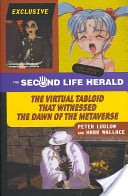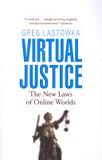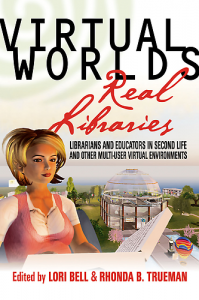The potential for societal collapse as a result of our increasing reliance on computers has long been a favourite theme of speculative fiction in cinema, with few film-goers able to forget the chilling monotone of HAL in Kubrick’s 2001: a space odyssey or the menacingly omnipotent mainframe from Tron. Jumping ahead to present-day, this particular form of technophobia has been re-directed not only out of the world of fantasy, but back at us: the creators. This week’s Outside-in cinema screening, the 2009 anime feature Summer wars, looks at the popular (and occasionally dangerous and/or addictive) methods of social interaction in virtual worlds.
I must confess to a degree of naivety regarding Second life, the arena that Summer wars at least partially draws inspiration from. It was my understanding that it’s day had passed, and few people still actively used the space. My awareness of the addictive nature of such massively occupied online spaces (eg: World of Warcraft), though, has probably kept me at a far enough distance from the phenomena to not keep up to speed with the news within that area. But, what do you know, it has its own newspaper (also virtual, of course), that helps bring to light the many dramas found there-in. This book looks at a selection of the more well known (and, in many cases, notorious) happenings and incidents over the last decade.
The legal ramifications when such notorious things happen in a virtual realm has been a source of concern since the early days of MUDs, or Multi-User Dungeons / Dimensions / Domains. With infractions potentially involving people in real-world jurisdictions half way around the globe from each other, it is hard to say what laws apply, and in what way. This book, found within our law section in the Redmond Barry Reading Room shelves, goes to some lengths to explain what courses of action can be taken.
The impact of this variant of wide-stretching online communication – both more detached and more intimate than real life – has not gone ahead without involvement of age-old sources of information and knowledge, such as libraries and archives. This is in keeping with much of the approach of virtual worlds, where fantastic elements such as people appearing as giant cats exist within replications of recognised buildings, such as St. Paul’s Cathedral in London. This book looks at how librarians have found the middle-ground between the fantastic and the reputable.




